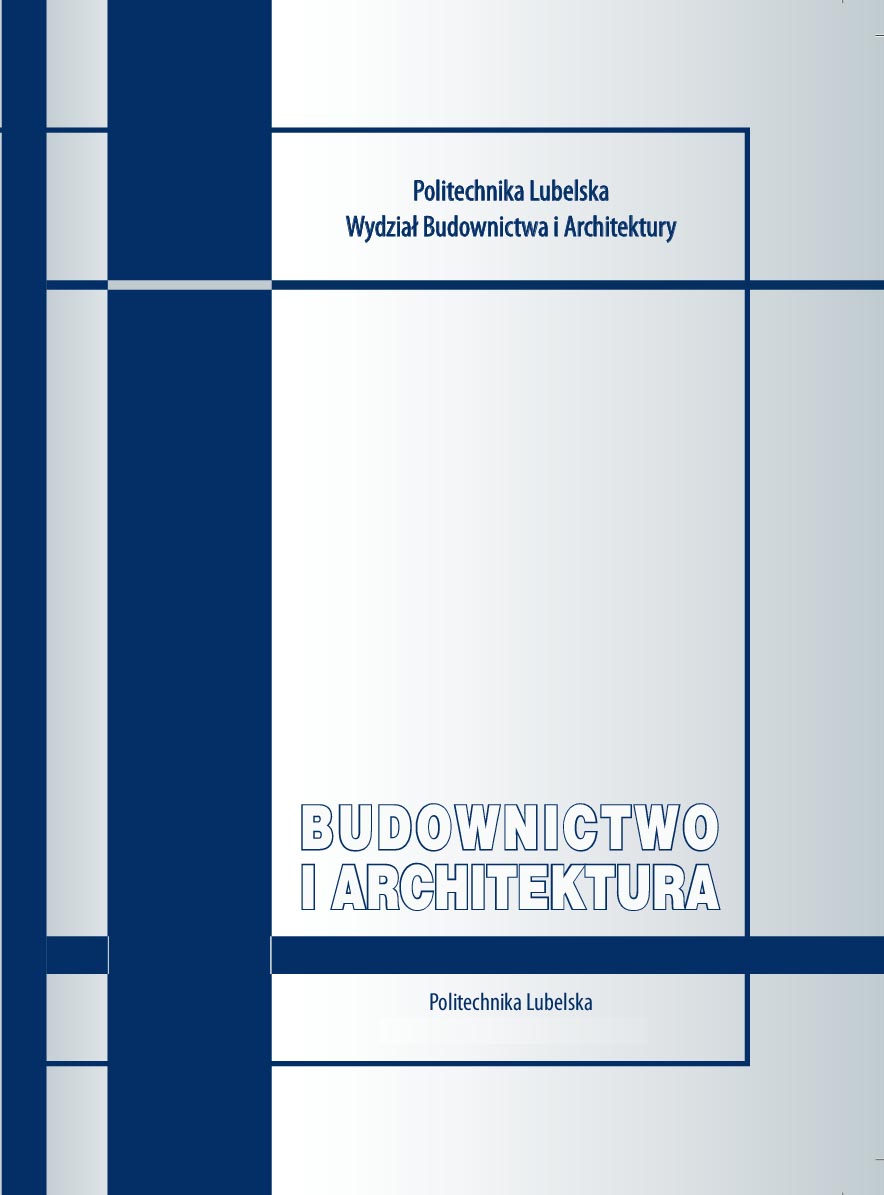Wpływ sposobu modelowania
przęseł
mostów niskowodnych
na
wartość maksymalnych
naprężeń w dźwigarach głównych
Influence of modeling of low-water bridge spans on the maximum value of stress in the main girders
Author(s): Artur DuchaczekSubject(s): Architecture
Published by: Biblioteka Politechniki Lubelskiej
Keywords: finite element method; low-water bridge; steel structures; span
Summary/Abstract: Due to the time needed to create a computational model, the steel construction of low-water bridges usually is modeled as a grate using 1D beam element mesh called a „rod” model. The usage of the 1D beam element mesh for modeling girders of low-water bridges makes it impossible to take into account the actual position of a wooden deck with reference to the neutral axis of these girders. Therefore, this article presents the possibility to use, for modeling main girders, 2D shell elements mesh, creating so-called „coating” models. As a result of numerical analysis it was found that the preferred model for the calculation of the military spans in low-water bridges should be a „coating” model, in which the stiffening of a span’s model by a wooden deck was not included in the calculations. This model allows relatively accurate analysis of stress distribution in selected elements of the steel structure of the span, which is important when analyzing the development of fatigue cracks. In the case of the calculations of spans in low-water bridges which are dedicated only to assess the resistance of the selected steel structure of the span, the models using 1D beam element mesh („rod” models) proved to be sufficient.
Journal: Budownictwo i Architektura
- Issue Year: 15/2016
- Issue No: 4
- Page Range: 5-15
- Page Count: 12
- Language: Polish

